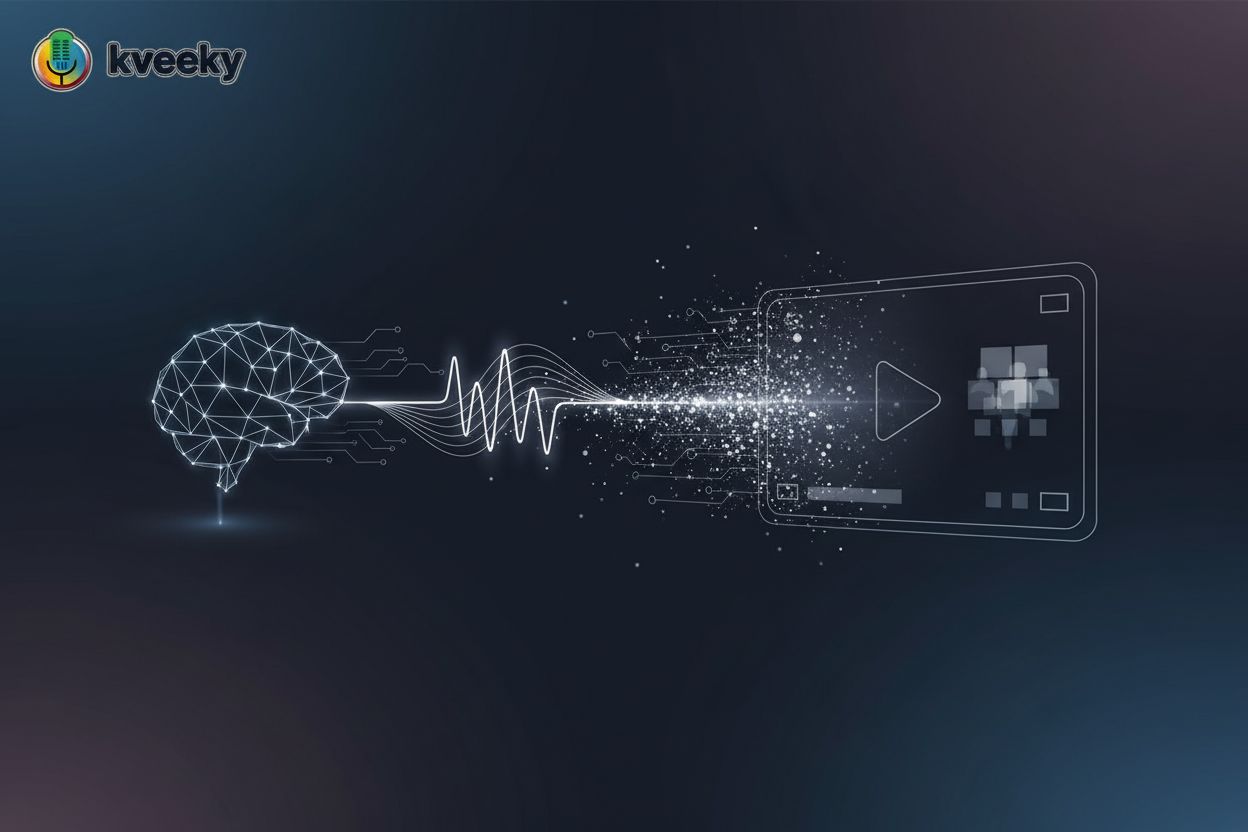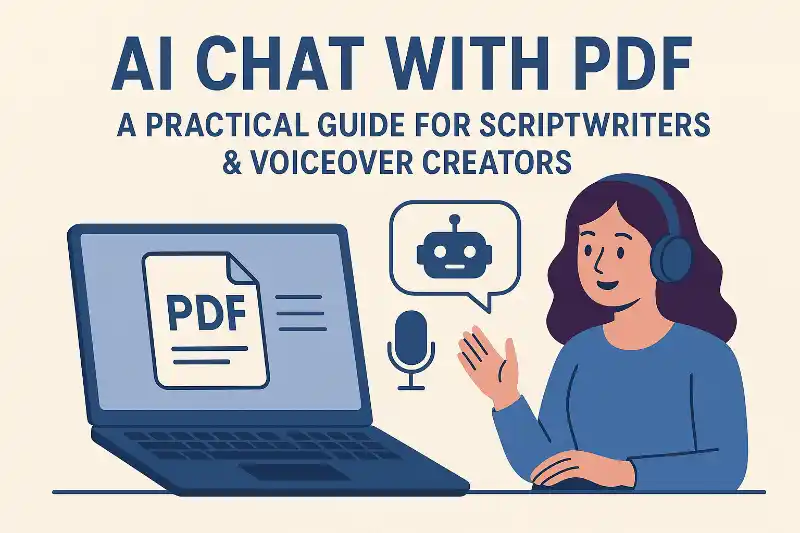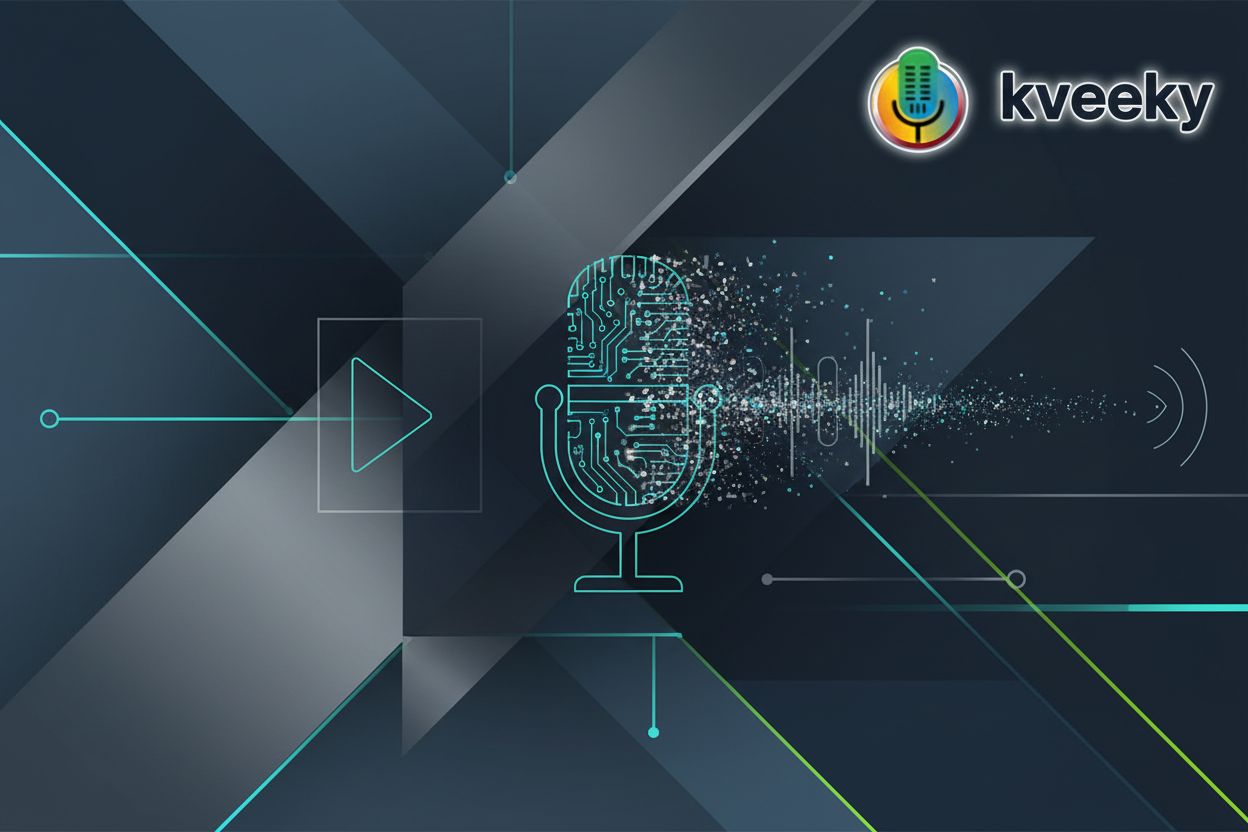Emotional Intonation Control in TTS
TL;DR
Introduction: Why Emotional Intonation Matters
Ever wonder why some voiceovers just grab you, while others fade into the background? It's all about the emotion, or lack thereof, in the intonation.
Emotional intonation is super important. I mean, think about it:
- It boosts audience engagement. A monotone voice is a snooze-fest, right? Expressive voices keep listeners hooked.
- There's a big difference between a robotic tone and a human one. Nobody wants to listen to a computer all day.
- Videos across all industries benefit. (The Impact Of Videos In Different Industries - K3 Video Production) Whether it's a heartfelt documentary or a quirky ad, emotion matters.
Imagine a healthcare video explaining a new treatment. A flat, emotionless voice might leave viewers feeling cold and uncaring. But with a warm, empathetic tone, the same video could instill confidence, trust, and hope. In retail, imagine a product demo. A monotone voice would likely fail to excite potential customers. However, an enthusiastic, engaging delivery could drive sales. Even in finance, where precision is key, a calm, reassuring tone can help build trust during complex explanations.
So, yeah, emotional intonation matters. Up next, we'll dig into the actual techniques of achieving that perfect emotional delivery.
Understanding Intonation in TTS
Intonation, huh? it's not just what you say, but how you say it. it's all about the music in your voice.
- Think of pitch, like hitting the right notes on a piano.
- Then there's rhythm--the beat and flow of your speech, kinda like a song.
- And don't forget stress, where you put emphasis on certain words.
All this stuff together? That's intonation! and it's what makes speech sound, well, human. Now, let's see why that's a problem for ai.
AI struggles with intonation because these elements – pitch, rhythm, and stress – are incredibly complex and context-dependent. Pitch isn't just about going up or down; it's about subtle shifts that convey sarcasm, excitement, or doubt. Rhythm involves not just the speed of speaking but also the pauses and the timing of syllables, which can change meaning entirely. Stress is even trickier; deciding which word to emphasize can completely alter the intended message, and AI often lacks the deep semantic understanding to make these calls naturally. Replicating these nuances requires not just data, but a sophisticated understanding of human emotion and intent, something AI is still working on.
Current Approaches to Emotional Intonation Control
Okay, so you wanna control the emotions in your tts? It's not as easy as just telling a robot to "be happy," you know? there's a few ways to do it.
- First up, you got rule-based systems. These are the ogs of emotional intonation control. Think of it like programming a robot to raise its voice at certain words to sound angry. It's all predefined rules about pitch and duration. But, uh, they kinda lack the nuance of real human speech, you know? it's limited in expressiveness.
- Then there's data-driven approaches. Now, we're talking! This means feeding a ai model tons of emotional speech data. The model learns to predict intonation patterns based on the data. like hidden markov Models (hmms). HMMs, in this context, were an early attempt to model the sequential nature of speech, trying to predict the probability of different acoustic states (like pitch contours or energy levels) over time, based on observed emotional speech. However, they often struggled to capture the long-range dependencies and subtle variations needed for truly natural emotional expression.
- But the real magic? neural networks and deep learning. we're talking seq2seq models, rnns, cnns, and transformers. These models are way better at capturing the subtle, complex emotions in speech. It's not perfect, but its getting there.
Bridging the gap between understanding what intonation is and how to control it with AI, we see that AI's difficulty in grasping pitch, rhythm, and stress naturally leads to the development of various control methods. These approaches aim to imbue AI voices with the emotional expressiveness that humans possess.
The output of the emotion control module (RNN/CNN/Transformer) is used to guide the decoder. This means the emotion signals generated by these neural networks influence how the decoder synthesizes the speech waveform, shaping its pitch, rhythm, and stress to match the desired emotion. It’s kinda like teaching a computer to act, but with voices! Next up, we will be looking at more on neural networks and deep learning.
Advanced Techniques for Fine-Grained Control
Alright, so you wanna get really good at controlling emotions in tts, huh? It's like, taking the reins and making these ai voices do exactly what you want.
First off, there's prosody modeling. Basically, it's predicting and controlling all those little things that make speech sound natural. We're talking about stuff like, how long you hold a note, the up and downs of your voice (pitch), and how loud you are, or energy variation. Energy variation refers to the fluctuations in the loudness or intensity of the voice, which can signal excitement, anger, or even nervousness.
And; the cool part of prosody modeling? it can help you convey different emotions. Like-healthcare, a calm pitch can reassure patients, while in-retail, energetic variations can excite customers about a new product.
Next, we got emotion embedding. Think of it as turning emotions into like-vectors. Then you can just, plug those vectors into your tts model; to control the intensity and type of emotion.
For example, a customer service bot could use emotion embeddings to sound more empathetic when dealing with angry customers. It’s all about finding the right emotional level!
Finally, there's transfer learning. This is where you take a model that's already good at something, and then you tweak it to do something else.
You could fine-tune a model to mimic a specific emotional style. Or, maybe adapt it to new voices and languages.
ElevenLabs, for example, uses speech-to-speech (sts) which can convert one voice to sound like another, giving you more control over emotions and tone ElevenLabs. In the context of emotional intonation, STS allows users to take an existing audio recording with a certain emotional delivery and have the AI replicate that emotional intonation onto a different target voice. This provides a direct way to inject specific emotional characteristics into synthesized speech, enabling finer control over how the emotion is expressed.
These advanced techniques are pushing the boundaries of what's possible with AI voices, moving beyond basic emotional expression to truly nuanced and controllable performances. Next up, we're gonna talk about evaluating the results.
Practical Tips for Video Producers
Now that we've explored the technical side of controlling emotional intonation in TTS, let's talk about how video producers can leverage these advancements.
Okay, so you're ready to make some amazing videos, right? Let's talk about making sure your ai voices sound just right.
- First, choose the right tts engine. Not all engines are made equal; some are better at capturing emotion than others. Consider voice quality, language support, and customization.
- Then, write scripts with feeling. Use strong verbs, vivid imagery, and, uh, some good dialogue.
- Finally, tweak things in post-processing. Adjust intonation and experiment with different voices and styles. On to the next topic!
The Future of Emotional Intonation in TTS
Alright, so what's next for emotional intonation in tts? It's kinda wild to think where this is headed, isn't it?
- Expect ai advances to deliver more realistic emotion. Like, really feeling the tone.
- We'll see more personalized voiceovers. Imagine voiceovers adapting to you.
- plus, ai will likely play a bigger role in storytelling, adding depth to video content.
So, uh, yeah – the future's looking pretty emotional for tts.
Conclusion
Okay, so where does this leave us? Emotional intonation in tts, it's not just a gimmick – it's kinda the soul of ai voiceovers.
- Remember, emotional intonation is more than just sounding human. It's about connecting, resonating, and keeping your audience hooked, which is precisely what these advanced TTS techniques aim to achieve.
- We've seen how current approaches, from rule-based systems to deep learning, are trying to nail those subtle emotional cues; but, there is still some way to go.
- The future? Expect ai to get even better at understanding and delivering emotions, which will make for more engaging and, personalized content.
So, yeah, keep experimenting with different voices and styles, and, uh, let's make some awesome videos.





